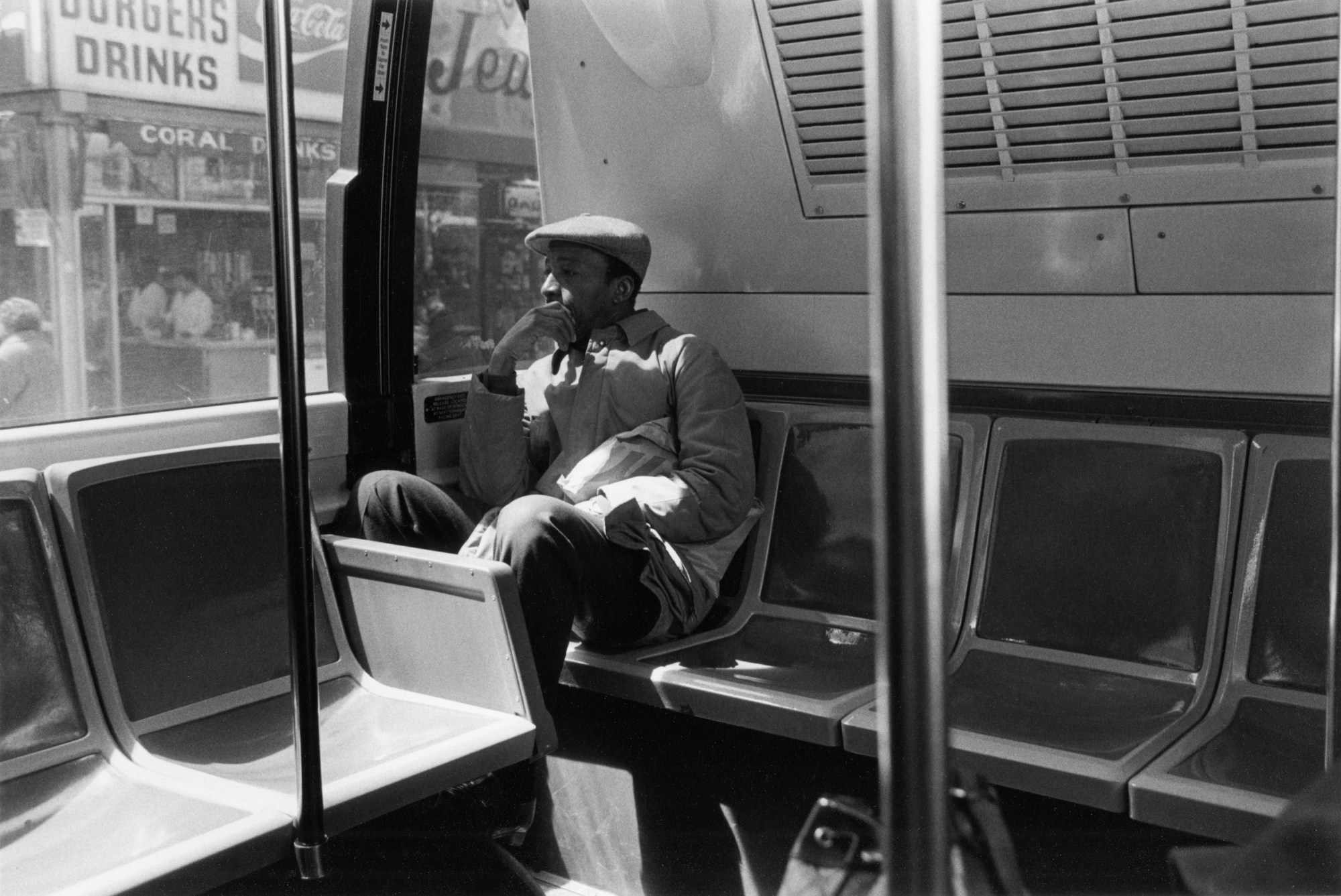To learn more about the work of photographer Dawoud Bey, read our 2019 feature on his work. Check out more contributions to our ongoing series My Life in Photos, featuring Catherine Opie, Ming Smith, Justine Kurland and more.
Dawoud Bey began photographing the streets of Harlem in the mid 1970s after receiving a camera that belonged to his late godfather. He took a class at his local YMCA, purchased some books, and quietly began observing the street with this camera in hand. Almost 50 years later, Dawoud’s archive of portraiture traces seismic changes – social, political and technological – that play out in the grandest and smallest details of his images. This year, an exhibition of his work, Dawoud Bey: An American Project, currently on show at the Whitney Museum, further cements his status as one of America’s most vital documentarians, and a pioneer of a medium that was once overlooked.
“I’ve selected some of my favourite early pictures, made after the completion of my first project, ‘Harlem, U.S.A.’, made from 1975-1979,” he says. “They are the last pictures I made walking the streets with a small handheld 35mm camera. They are the result of having my camera with me at all times and always being alert and responsive to the possibilities for visualising the urban experience and the Black presence within it.
“After several years making these pictures, in 1988 I started using a tripod-mounted 4×5 camera and making the more directly engaging and deliberate formal portraits that I continued making for several decades.”
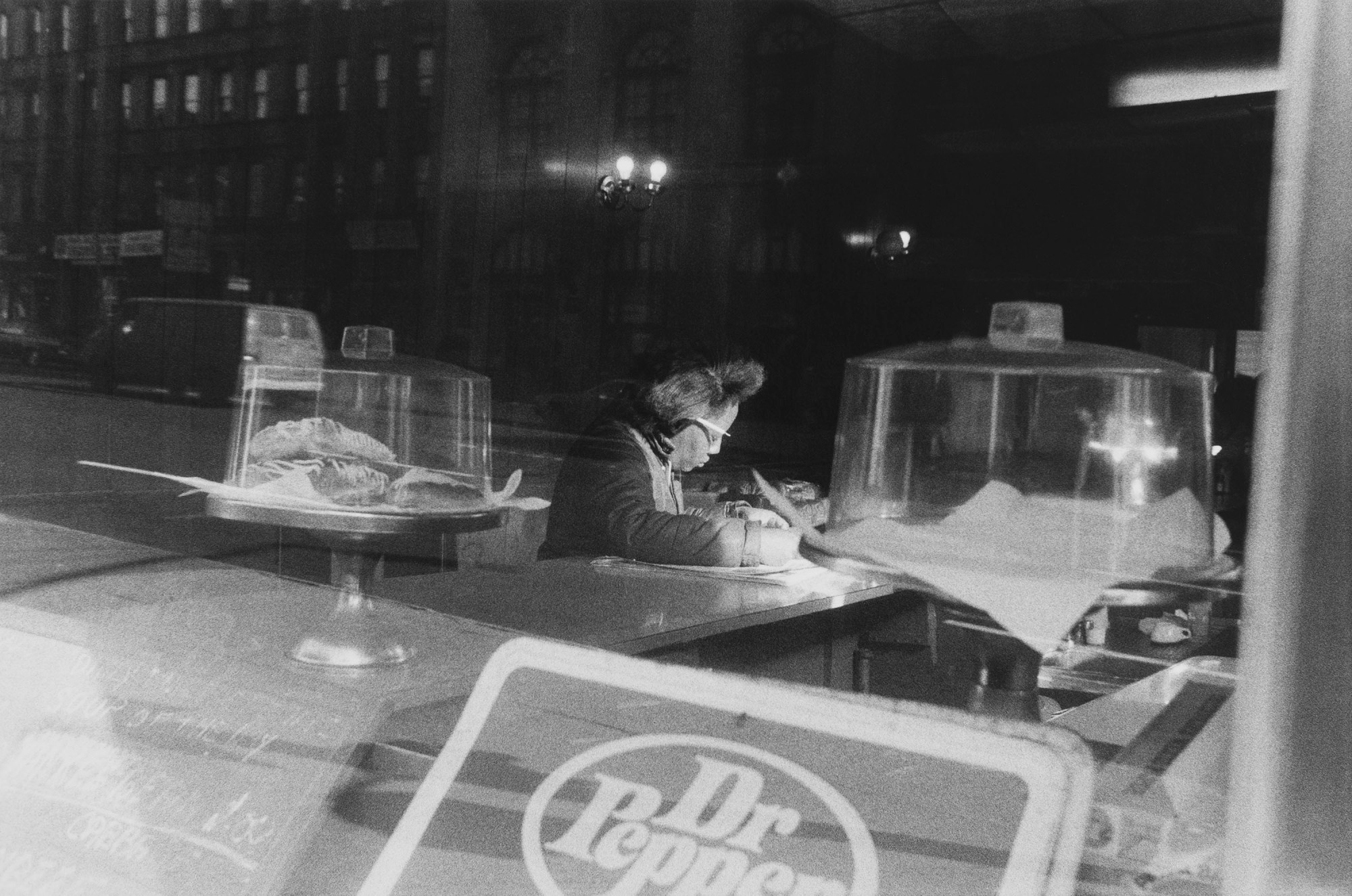
Woman at a Luncheonette, 1980
I was walking in New York City on the Upper West Side one afternoon, and I happened to see this woman through the window of a luncheonette. Moving slowly, so as to not attract attention by my sudden movement, I made the photograph, through the window, one which interestingly described both the interior and reflected exterior scene.
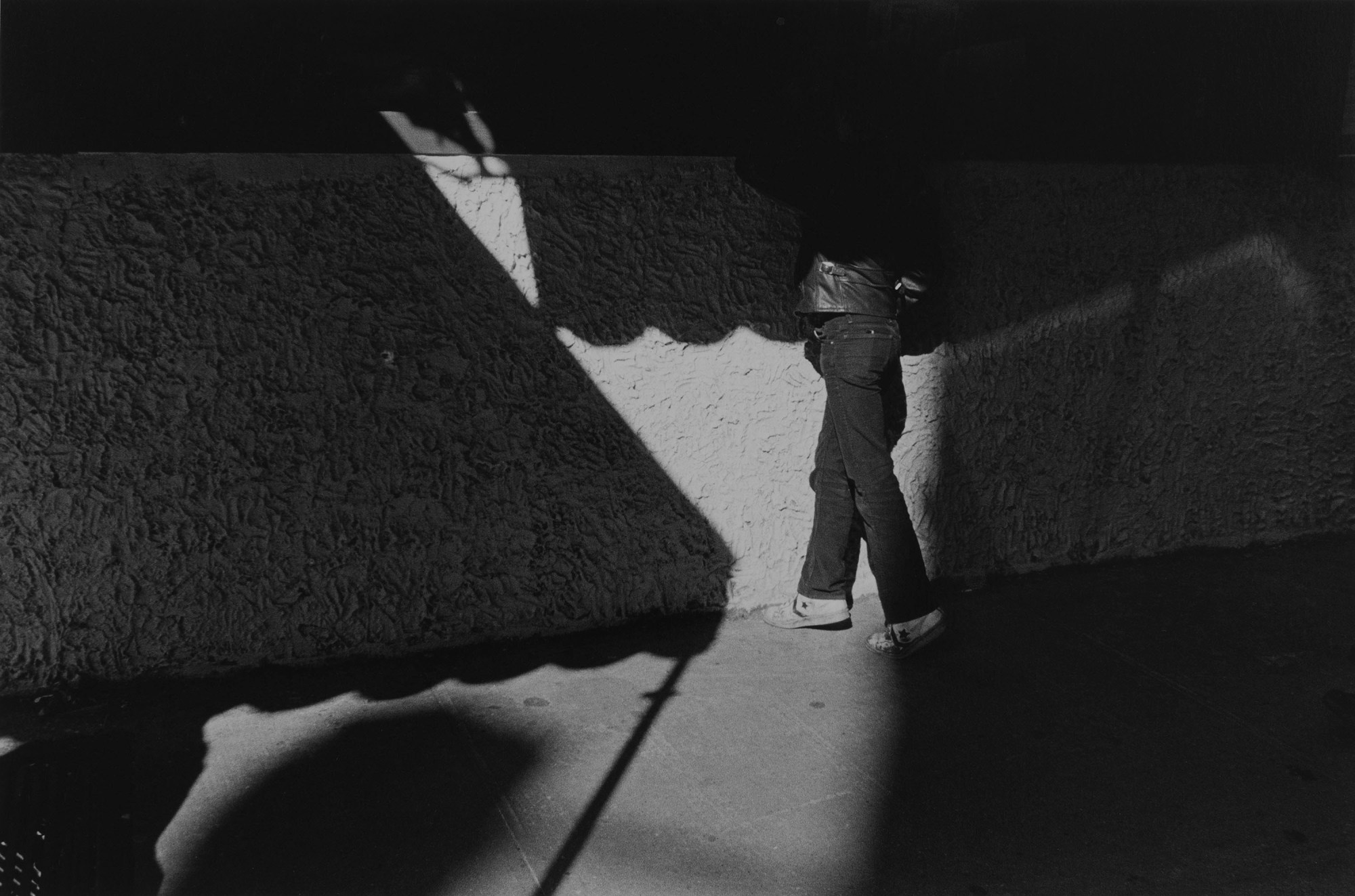
A Young Man Looking in the Blue Note, 1980
Late afternoon or early morning was always the best time of day for making the kinds of pictures I was interested in; pictures in which the environment was radically transformed by the geometric interplay of light and shadow, as it was late one afternoon as this young man was standing in the shadow peering into the window of the Blue Note jazz club in Greenwich Village.

The Woman in the Light, 1980
Noting the beautiful light in a friend’s kitchen one day, I asked another friend who was also visiting if she would come into the kitchen with me so I could make a picture with her there. She sat down, and her boyfriend followed, setting off a series of exchanges between them during which I quietly made this photograph.
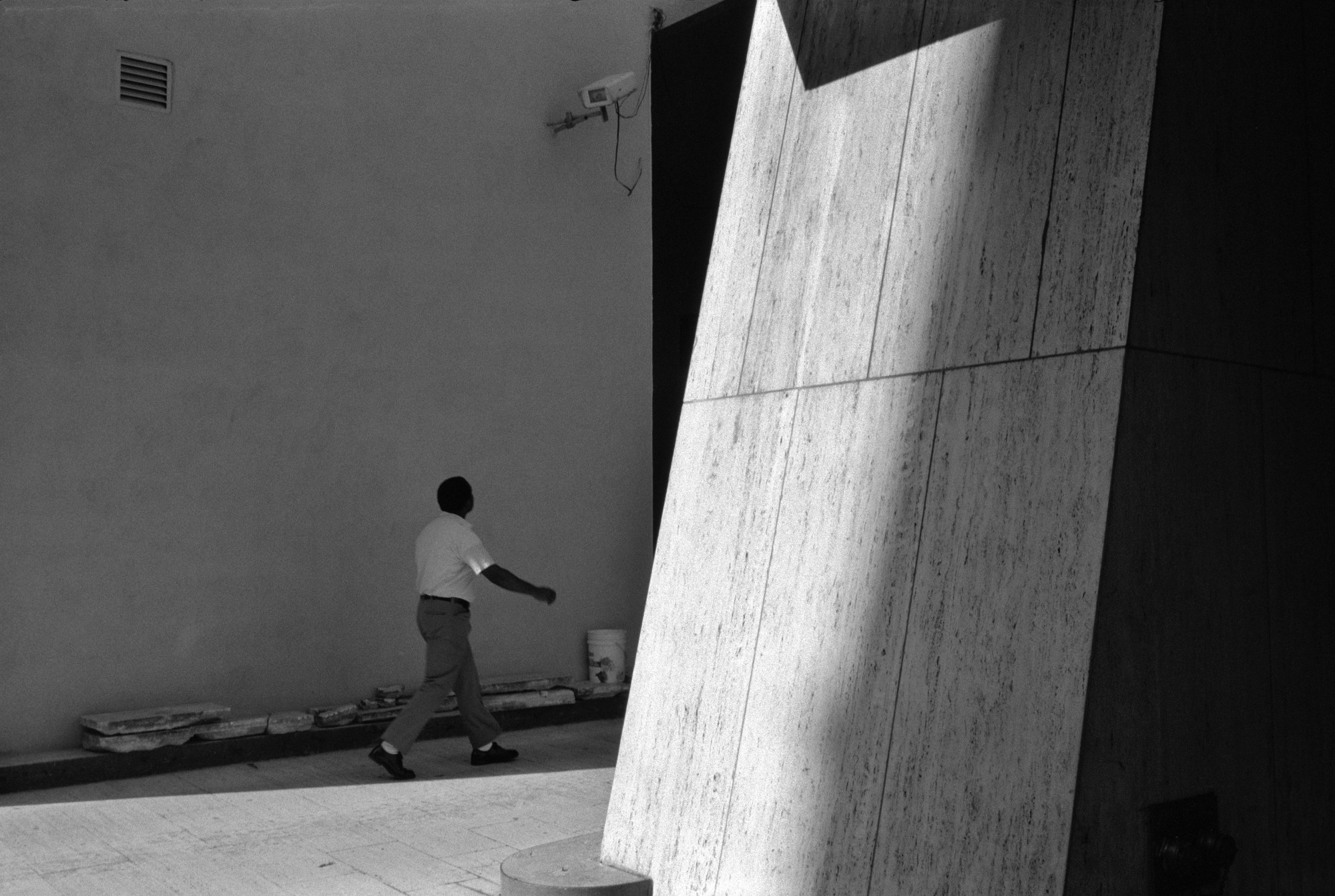
A Man Walking Into A Parking Garage, 1980
This man striding purposefully into a parking garage in Manhattan’s midtown caught my attention one afternoon at just the right moment, so I could catch him mid-stride in the shadows before he disappeared into the garage.

A Woman in the Cadman Plaza Post Office, 1981
Exiting the post office in Brooklyn in the revolving door, I noticed both the women standing inside the space and the dramatic swipe of reflective light. I decided to go around one more time, this time stopping inside the revolving door to compose this picture.
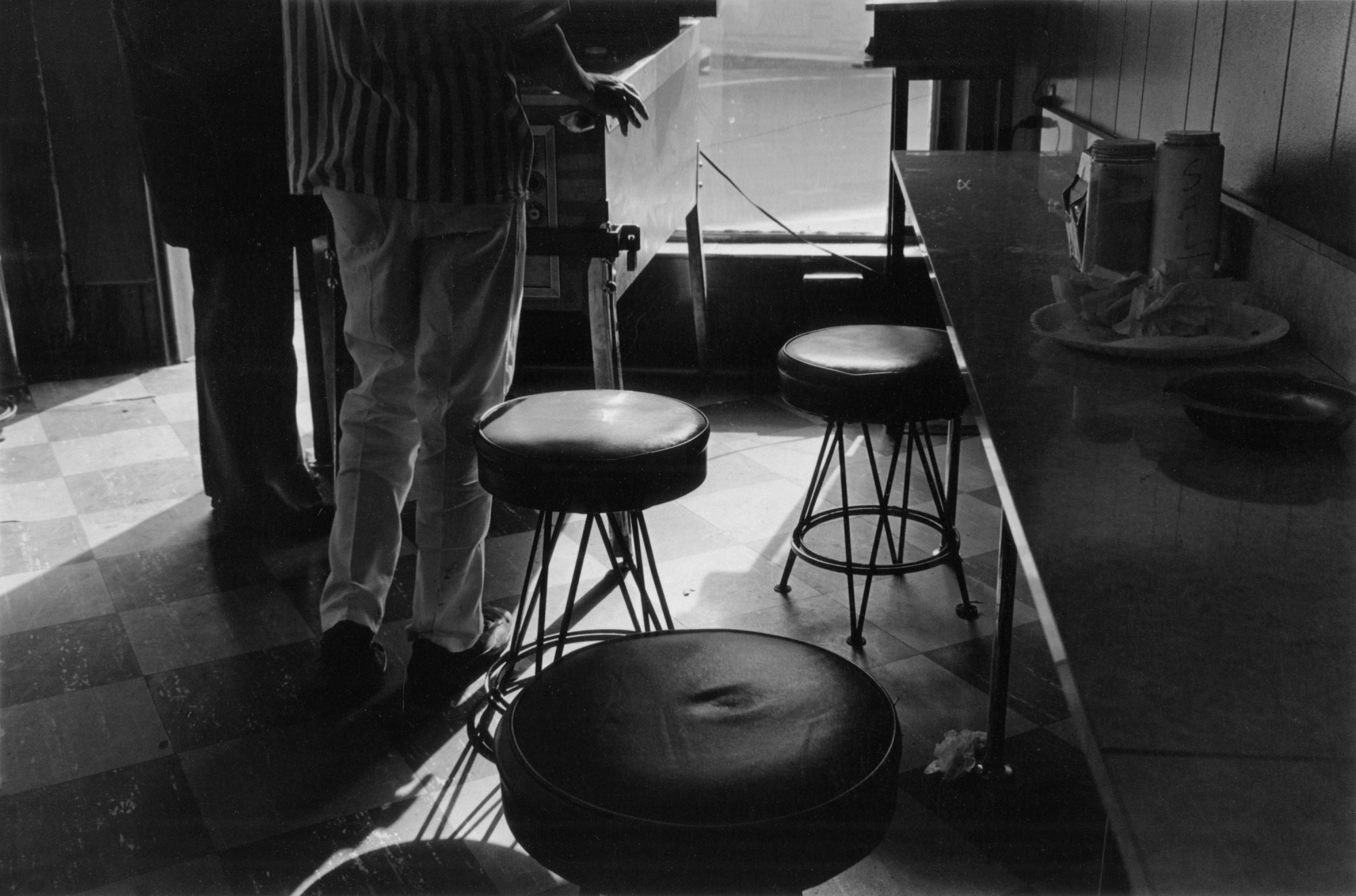
Long Island City Pizza Parlor, 1981
Walking past this pizzeria, I noticed the light spilling in through the front door and decided to enter to explore the picture-making possibilities. Ordering a drink and a slice so as not to appear suspicious, I sat at the counter and proceeded to discretely make a few exposures of the dramatically lit indoor scene.
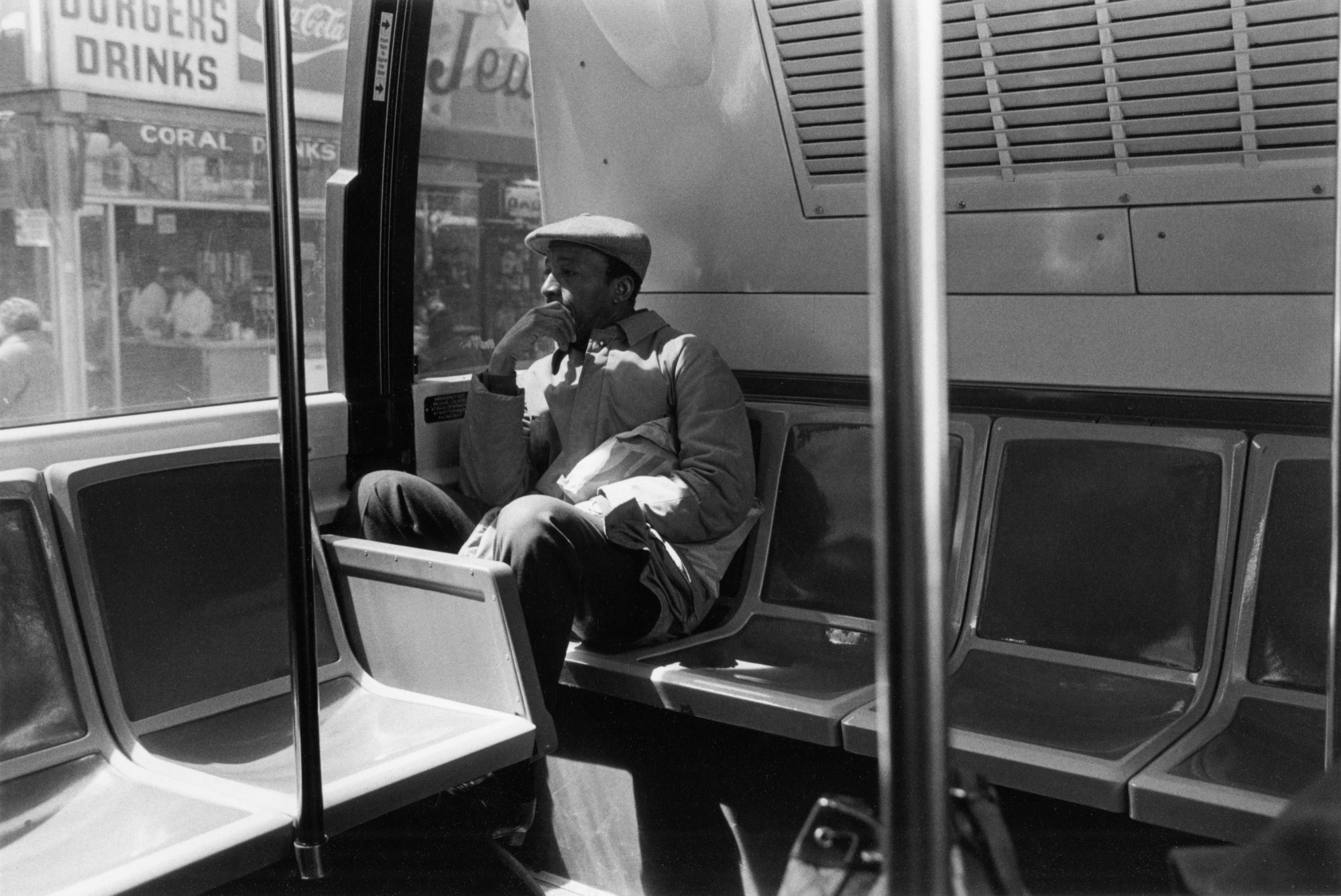
A Man on the B26 Bus, 1986
Sometimes I would ride the bus primarily in the hopes that a subject might present that I could make an interesting picture of. This man sitting in the back of a Brooklyn bus was one such subject. Entering the bus, I looked around, saw him, and decided to take a seat opposite him and wait for an opportune moment when his gesture and the light were right.
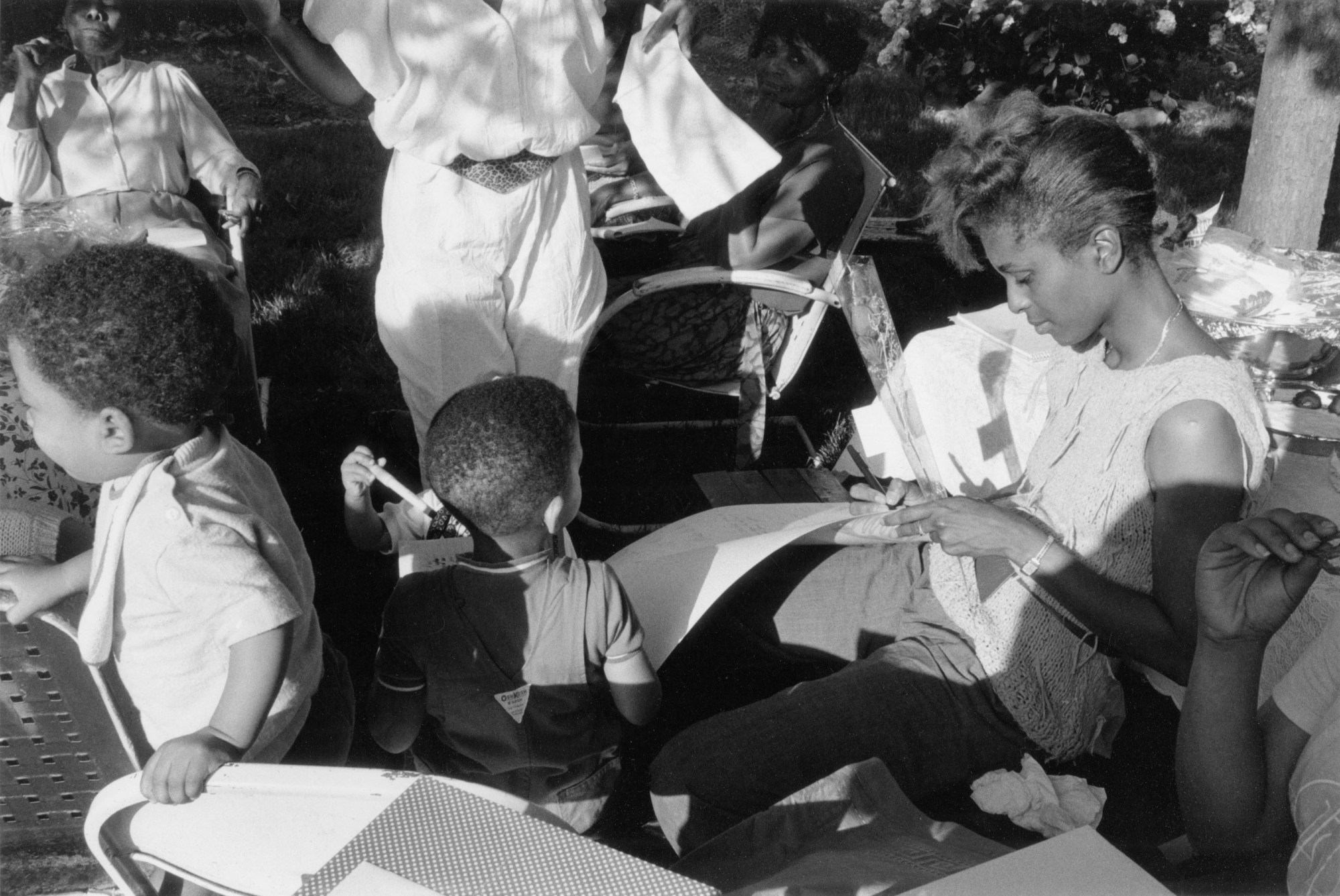
Sandy’s Baby Shower, 1987
Even at family events, such as my sister’s baby shower, I was always looking for the momentary choreography that would lead to a compelling visual moment. This is one such moment and is one of the busiest pictures I ever made with the small camera, in terms of the number of things filling and pulling at the edge of the picture’s frame.
‘Dawoud Bey: An American Project’ is co-organised by the Whitney Museum of American Art and the San Francisco Museum of Modern Art and on view until 3 October 2021
Credits
All photographs are courtesy of the artist, Sean Kelly Gallery, NY and Stephen Daiter Gallery, Chicago
